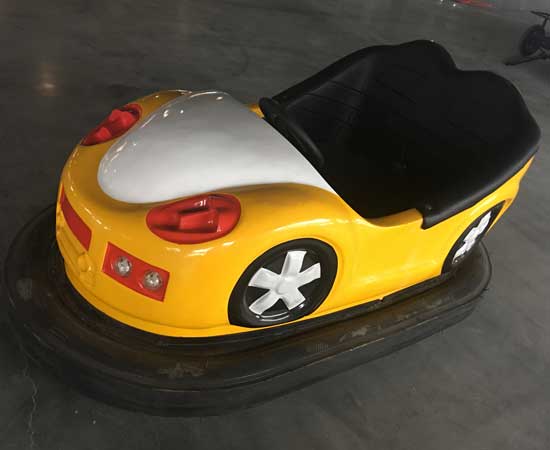One of the fascinating and fun to do things in an amusement park or playground is to ride bumper cars which are small electric cars that one can ride in an enclosed space. The cars are designed in such a way that they can collide on to each other without injuring the rider creating the fun.
There are different types of electric bumper cars for South Africa based on how they generate the kinetic energy that powers the car enabling it to move. These include;

1.Ceiling grid bumper cars
These type of cars use an electric wire encased inside a pipe that is used to transfer electric wire from the ceiling onto a conductive floor that is made up of conductive strips that will then power the car.
2.Ground grid bumper cars
These type of cars operate the same way as ceiling grid bumper cars but instead of the ceiling grid, they have alternating conducting metal strips across the conducting floor that carry the electricity for powering the car.
3.Battery powered bumper cars
These type of cars unlike the ceiling grid and ground grid bumper cars, they have batteries that are used to generate the kinetic energy that will power the car and thus lack the conductive floor and ceiling.

4.Electric water bumper boats
These type of bumper cars are designed to operate on water. They are powered by an engine making them ride easily on the water.
The working principle of electric bumper cars is based Newton’s third law of motion which states that when moving bodies collide, a force is exerted on the second body which in turn exerts a force that is equal in magnitude and in opposite direction to the first body.
The special features of electric bumper cars that make them safe to ride on even with the forces of collision include;
•Rubber lining all around the bumper car
The fun of riding bumper cars is colliding with as many cars as possible and because of these, they also refers to the inflatable types bumper car rides electric bumper cars are designed in such a way that even after collision with another car, the rider is not injured. This is possible because of the rubber lining of the cars that prolongs the force of the collision and make the cars to bounce off each other and move in different directions. This ensures the safety of the rider.
•Safety belts
When two bumper cars collide, the force created makes the body of the rider to continue moving as it was moving before the collision and this can result in the driver to be thrown off the bumper car causing injuries.
The presence of seatbelts in these cars enables the rider to buckle up and as a result, they can prevent being thrown off the cars.
•Designed based on size and height
Bumper cars are made according to different sizes and heights of the rider so that they can be able to operate the car without any strains such as reaching the gas pedal.
•Slower speeds
Electric bumper cars are designed to operate under slow speeds and this helps in avoiding high collision speeds and thus reducing injuries.
Other features of electric bumper cars include;
•Attractive painting and use of LED lights that catch the eyes of kids.
•Electric bumper cars
https://amusementrides.co.za/electric-bumper-cars-for-sale-in-south-africa/ come with an operating manual that gives the guidelines on to operate the car making it easier.
•They are simple to operate
•The material making up the bumper car is of high quality.
•The seats are designed to make the rider comfortable during the driving process.
Main components of an electric bumper car
•An electric motor
•Steering wheel
•Seat belts
•Gas pedal
•Power source
•Wheels
•Engine
Working process of electric pumper cars
Stepping on the gas pedal of an electric bumper car will set the engine on which will then generate electricity. This is then transferred to an electric motor which will propel the car either forward or backwards. By use of the steering wheel, the rider will control the direction unto which the bumper car will move.
This is made possible by connecting the steering wheel unto the directional wheels of the car. When the steering wheel is turned to a specific direction, connecting rods between the directional wheels and the steering wheel positions the wheels at a specific angle allowing them to turn by the force applied to the steering wheel.
